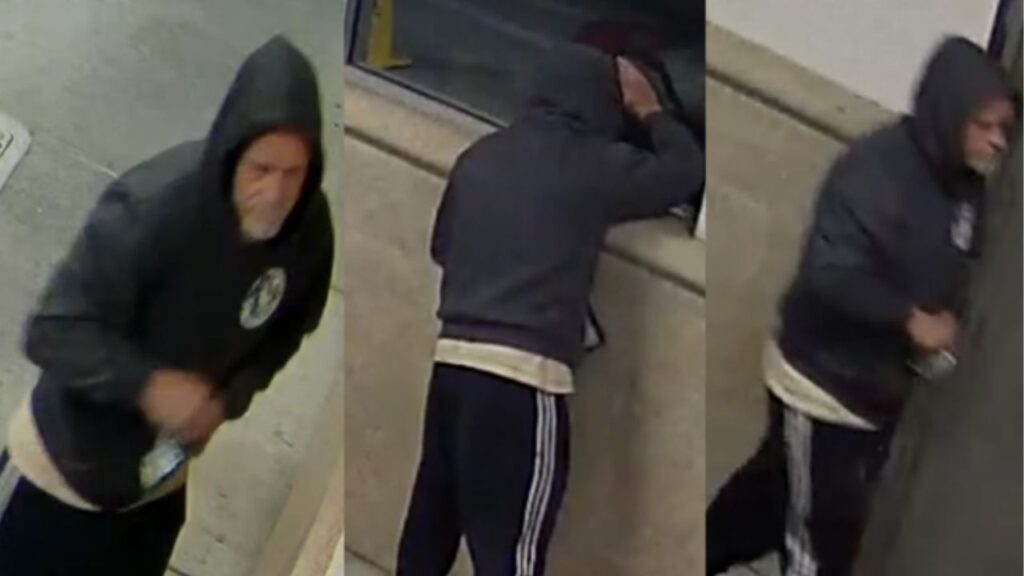In photo provided by the Washington State Dept. of Agriculture, an Asian Giant Hornet wearing a tracking device is shown Thursday, Oct. 22, 2020 near Blaine, Wash. (Karla Salp/Washington Dept. of Agriculture via AP)

- Washington state declares victory in five-year fight to eradicate invasive murder hornets.
- Four hornet nests were discovered and destroyed, leaving no new sightings in three years.
- Officials warn of potential future invasions despite successful eradication efforts.
Share
|
Getting your Trinity Audio player ready...
|
SEATTLE — The hunt for the “murder hornet” in the northwest corner of Washington state began like a criminal investigation, with bee carcasses creating a crime scene and the public being asked to send tips about the potential culprit’s whereabouts.
Search grids were created. Traps were set. Soon, state entomologists were able to capture some of the wayward hornets, affixing tiny tracking devices on the insects to trace them back to their lairs. Crews wearing otherworldly protective equipment moved in to eliminate the nests.
Officials believe it all worked. On Wednesday, five years after the invasive hornets were sighted for the first time in Washington state, state and federal agencies announced that they had successfully eradicated the species. That dispelled their initial fears that the hornet might spread rapidly enough to establish itself in the United States for good.
“We are proud of this landmark victory in the fight against invasive species,” said Mark Davidson, the deputy administrator at the U.S. Department of Agriculture’s Animal and Plant Health Inspection Service.
Related Story: Honeybees Weaponize Poop in Their Battle Against Murder Hornets
Washington State Officials Goes 3 Years Without New Hornet Finds
In total, Washington state officials found four nests related to the introduction of the hornet in Whatcom County, a berry-farming area along the Canadian border. The state has now gone three years without any new hornet discoveries in that region.
Officials acknowledged the possibility that a new invasion might happen in the future, especially given that they remained uncertain how the insect — a native of Asia known among entomologists as Vespa mandarini or the northern giant hornet — was introduced into the region.
The state was still investigating another reported hornet discovery about 100 miles away from the original nests. Officials did not believe the new hornet was connected to the prior introduction and had not found any other evidence of the hornet establishing itself, but they deployed traps to monitor the area.
“They got here once, and they could do it again,” said Sven Spichiger, the pest program manager at the Washington State Department of Agriculture.
—
This article originally appeared in The New York Times.
By Mike Baker
c. 2024 The New York Times Company
RELATED TOPICS:
Categories

Don’t Tear Down the Fresno People Working to Lift Our Kids Up

Mail Fraud Charges Added to Bobby Salazar’s Arson Case

Federal Shutdown Could Cost US Economy up to $14 Billion

Amazon Web Services Down for Thousands of Users, Downdetector Shows

Fresno Police Seek Public’s Help After Car Wash Burglary















